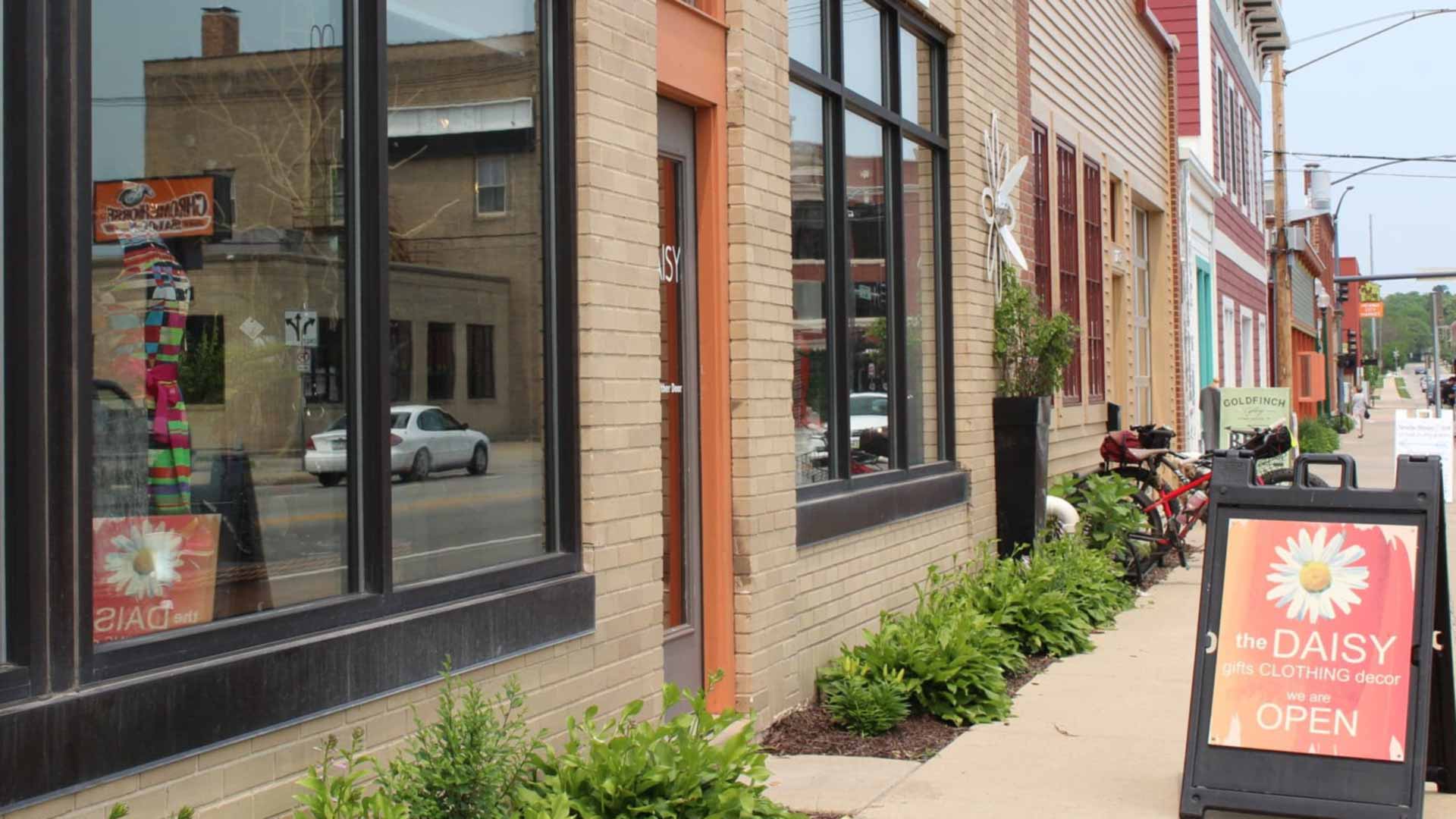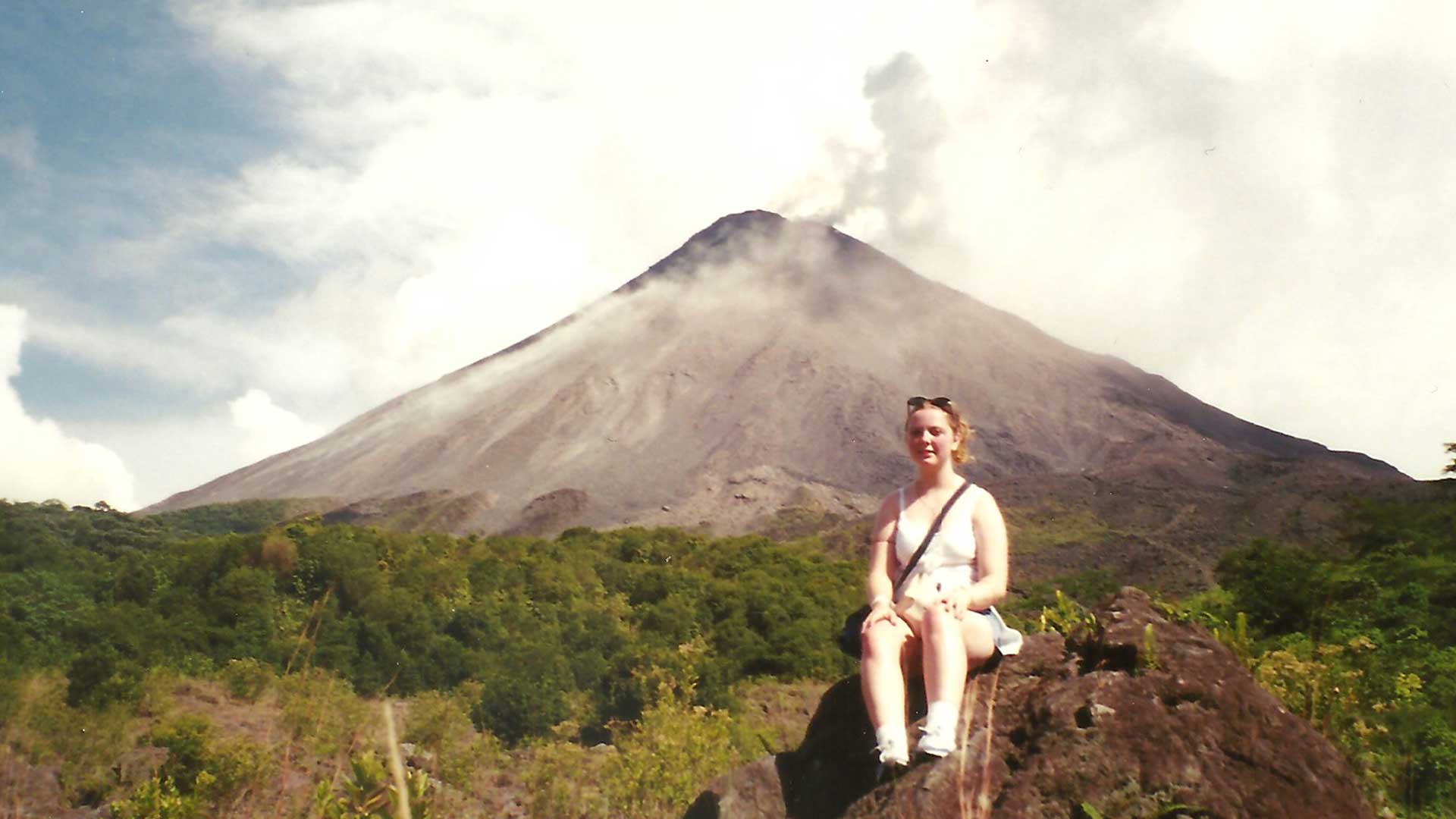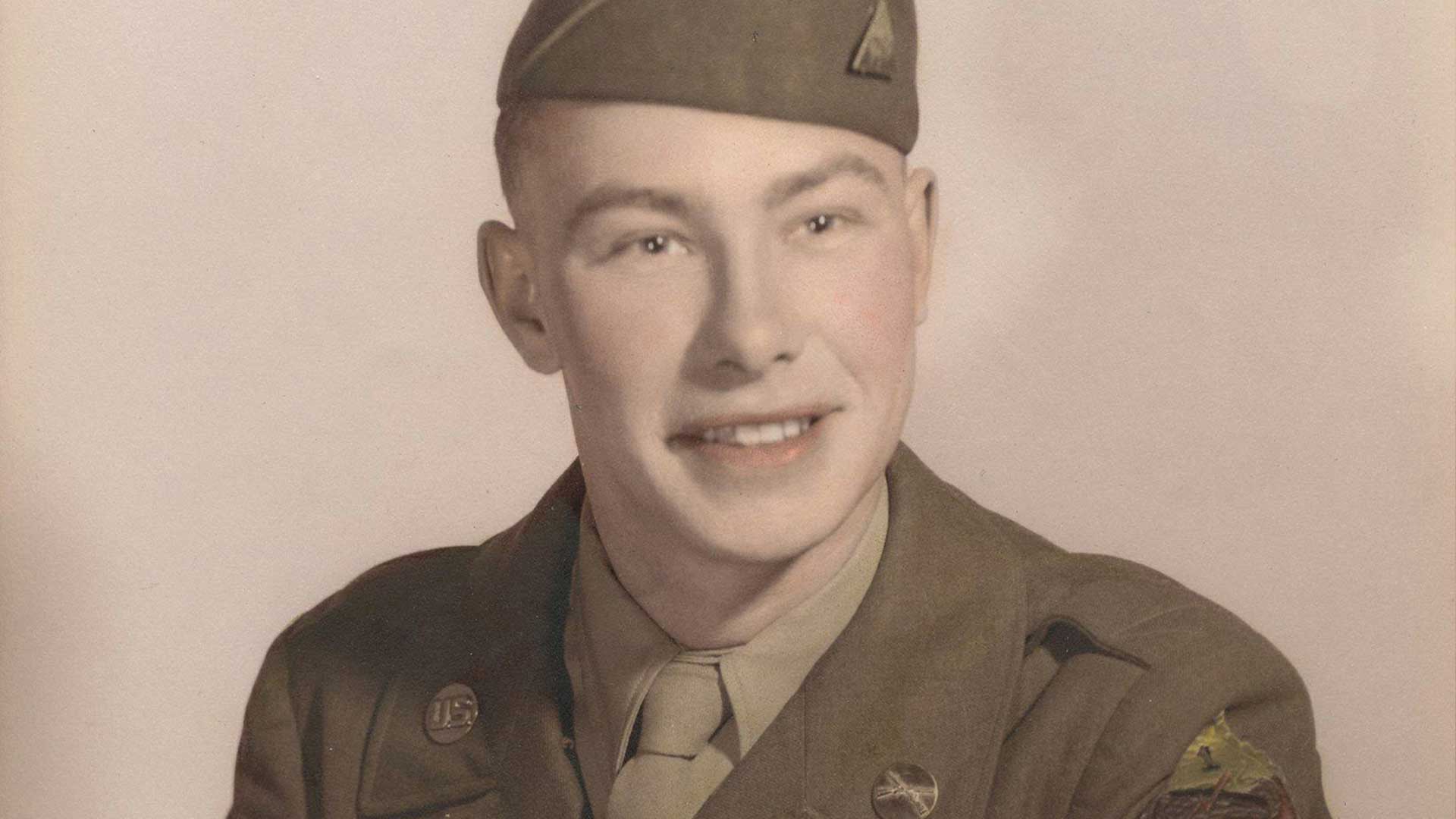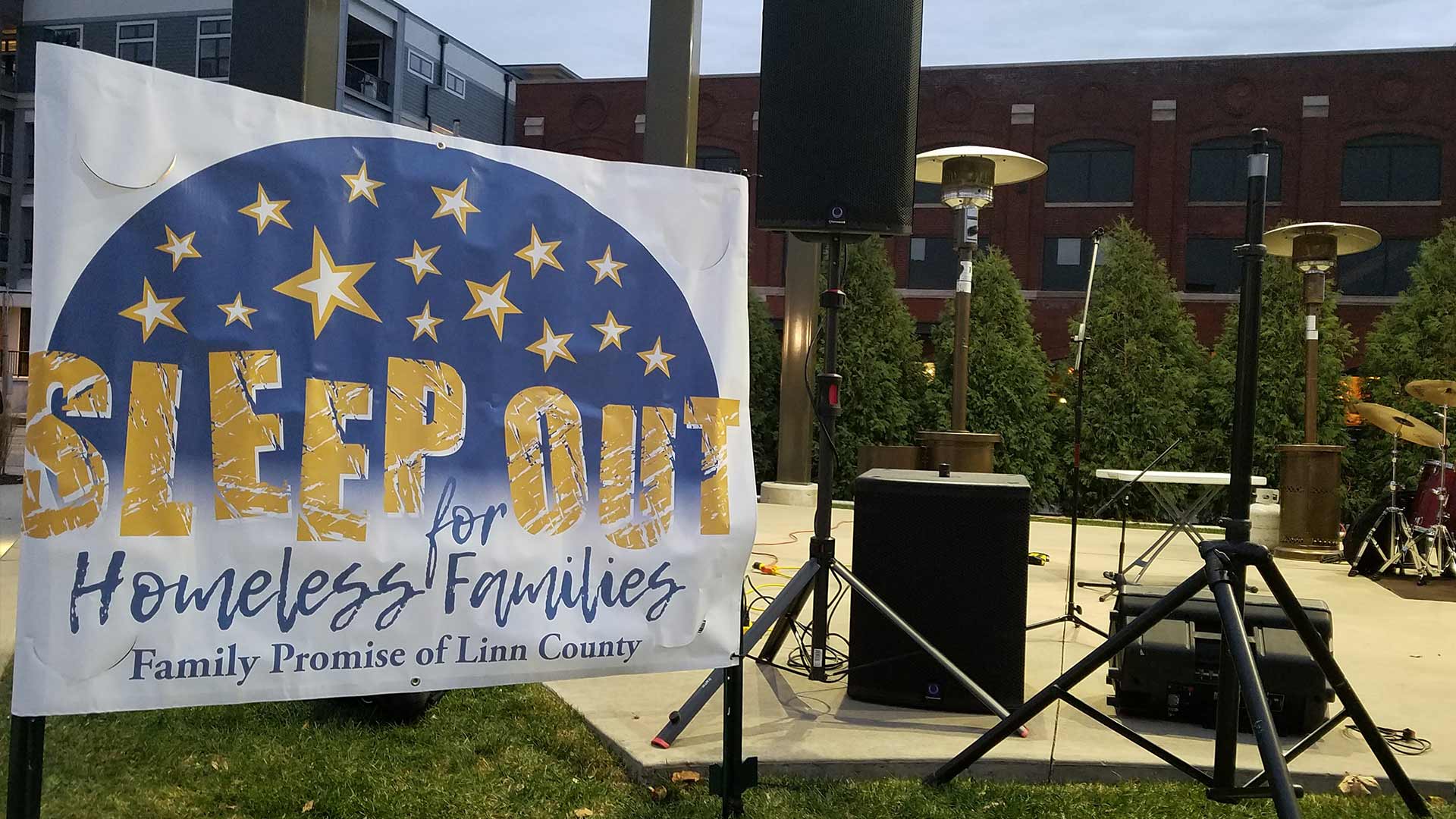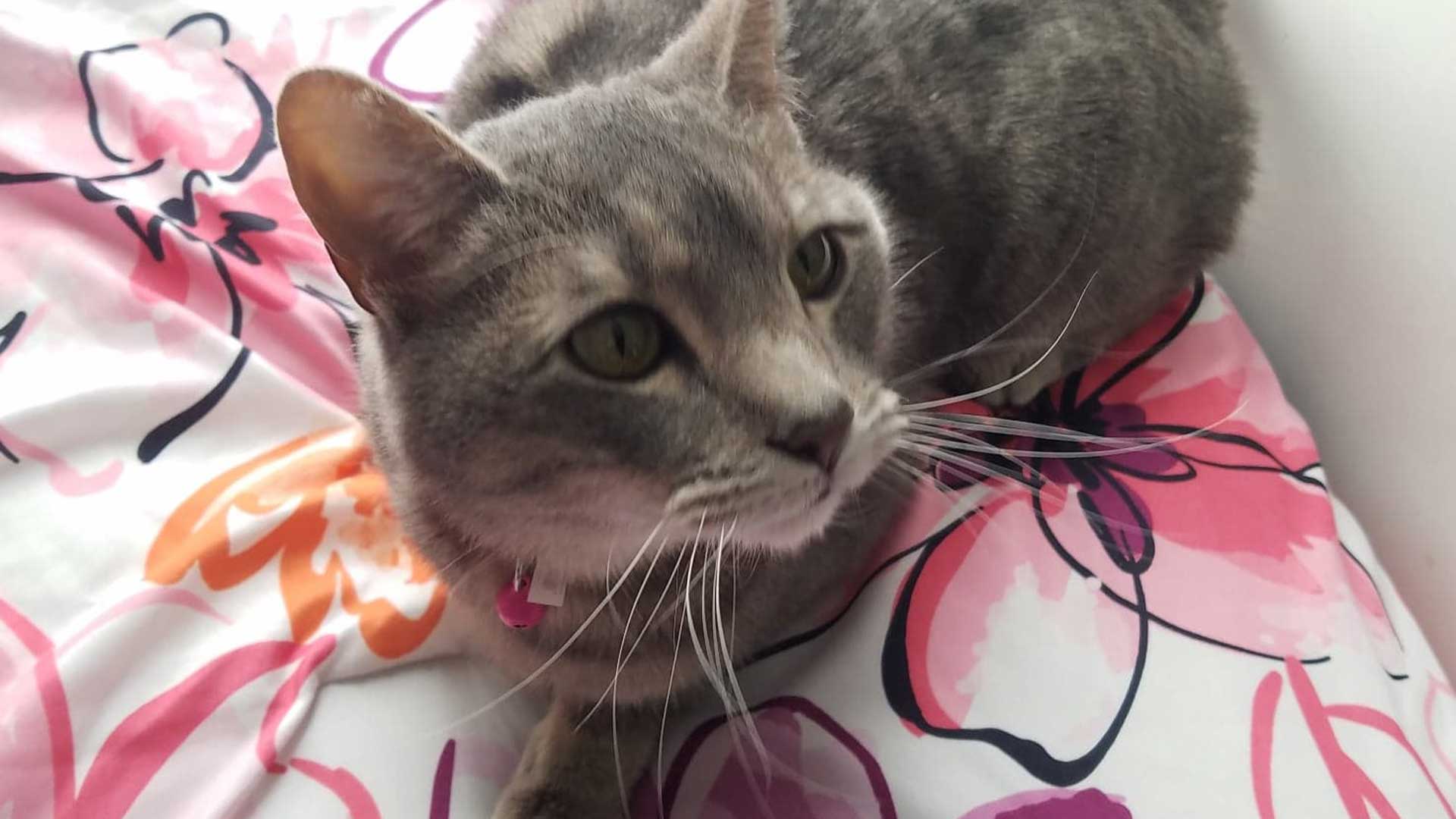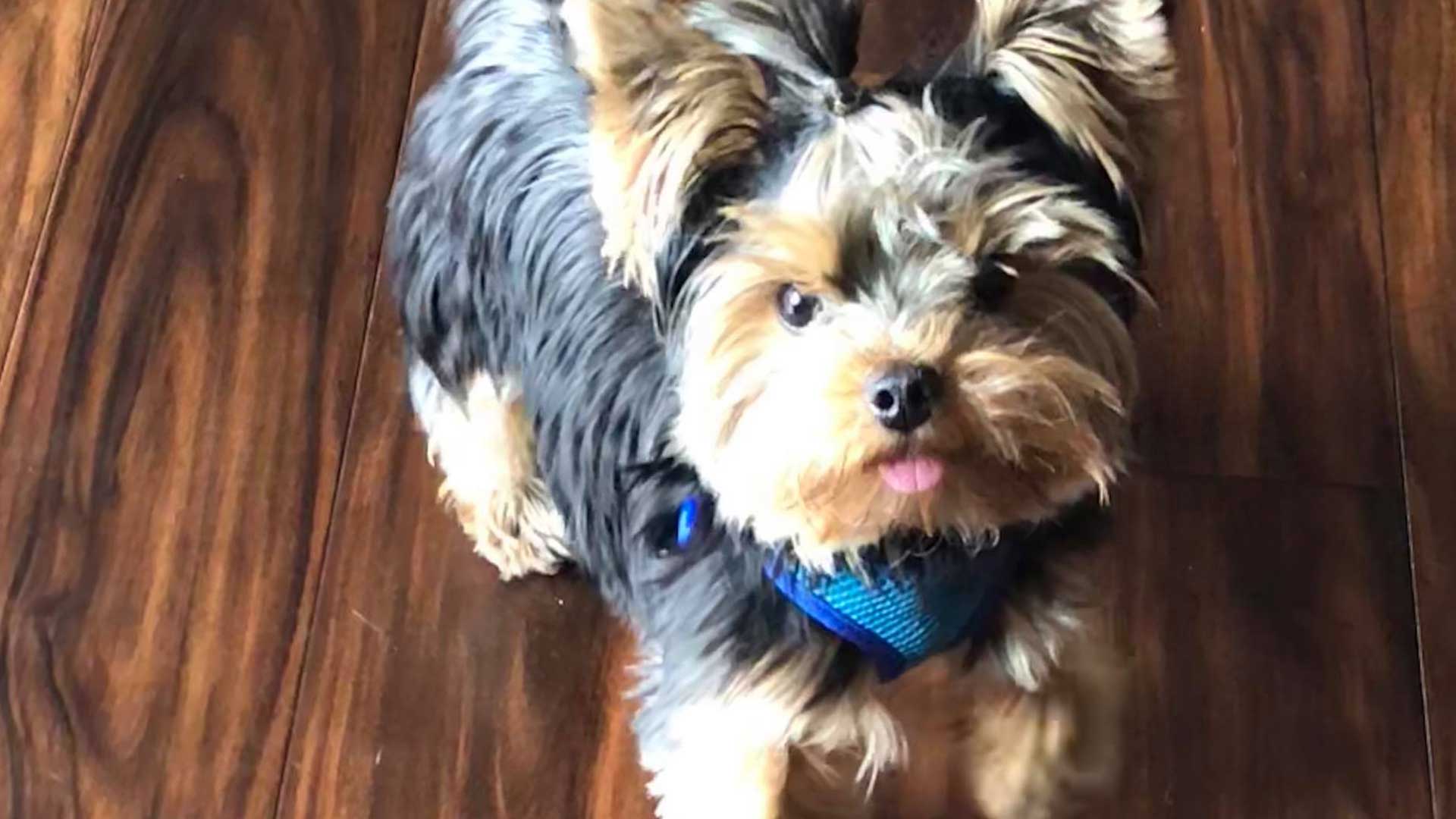I often share with people that I spent over a decade working for nonprofits before going to the “other side.” The other side meaning the for profit world. Having worked on both sides gives a unique perspective.
As a nonprofit marketer, I often tried to envision what a donor would want? What would they want to know? If it was a company sending volunteers to help out for a day, what would be an experience that they would want their employees to have? What would they want to learn about my organization? Would painting a room where after school programs take place make them “feel good” about their efforts? But, what if I really need a team of people to deep clean a building? Surely, cleaning toilets is not on anyone’s “Favorite Things To Do While Volunteering” top 10 list.
Now on the other side, I have some thoughts, specifically a lesson learned from my political science professor while studying abroad in Costa Rica. We spoke about the history of Latin American politics and the common experience of intervention from other countries, with the intent of helping. He asked rhetorically, “Did they ask for help?” Often the answer was a resounding “No.” Although the intervening nations wanted to help, they frequently ended up doing the opposite.
As a business owner, I spend a good amount of time deciding which local organizations to support through money or in kind services. When I choose a nonprofit that I want to help, I really want to make a difference. I don’t want to be like the countries trying to assist in Central America that, in reality, did the opposite — in spite of their good intentions.
How do you help in a way that is truly helpful? And how, if you are a nonprofit marketing or development officer, do you make sure the time donated to your organization is actually spent doing something that will help you at the end of the day.
If you are a donor or company supplying volunteers, ask yourself these questions:
- What do I want to get out of this experience?
- Do my skills align with the nonprofit that I want to help in a way that could be useful?
- Why do I care about this nonprofit?
If you are a nonprofit officer, ask yourself the following:
- What do we need help with?
- How can I give the donor/volunteer a great experience?
- What do I want the donor/volunteer to remember?
Now that each side has asked themselves the proper questions, it’s time to talk. Have an open conversation. From the nonprofit side, it is ok to be honest about what you need. Cleaning toilets might not be glamorous, but if it is what you really need, then ask for it (although, if there is another option, maybe go there first). An even better route to go is to ask the giver what they are most skilled in and what they are wanting to do. You may identify the perfect fit that benefits both parties.
Let’s look at another example. A nonprofit I worked for was preparing to host an outdoor event with over 200 participants. Our registration relied on the internet and no internet meant having to resort to paper check-in. Not ideal, but what else could we do? Fortunately, one of our lead sponsors was a local internet provider. We talked with our contact at the company and they were able to get us connected for the event. They even ran a special line out to our registration table and assigned a staff person to stay at our event to ensure no interruptions. It was glorious. By having an efficient event check-in for the attendees, they had a great first impression. This came in handy later in the event when we asked for additional donations. The donor providing internet received the valuable benefit of networking with the attendees, many of whom were decision-makers at their respective companies. It was a win-win for both!
The lesson to take away? Communicate. Ask questions. Together we can all make a difference!
This article originally appeared in the Corridor Business Journal.
Image by rawpixel from Pixabay.




